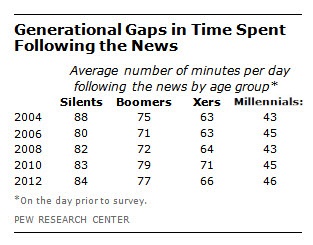Can you make digital subscriptions sing?
In a first-of-its-kind partnership with streaming music leader
Spotify, The Times of London has brought a whole new meaning to the
subscription bundle — even as the wider media world dissects the mega
Comcast buy of Time Warner Cable and the impact of that on cord-cutting,
bundling, and unbundling (“The newsonomics of Comcast’s deal and our digital wallets”).In that leap, we see pioneering thinking about a news company’s relationship with its readers, one that tries to blow life into the much-talked-about notion of membership in the digital age.
It’s a straightforward offer, launched February 9. Pay £6 a week (or $10) for The Times/Sunday Times “Digital Pack,” commit to a year, and you get full across-all-platform access to The Times — plus a full year of Spotify Premium. Spotify, the Europe-dominating streaming-music giant (as U.S.-based Pandora now stretches itself into Australia and New Zealand), just revised its own pricing at year’s end. Its premium offer now provides customers ad-free listening and the abilities to download music and listen offline at a price of £9.99/$9.99...http://www.niemanlab.org/2014/02/the-newsonomics-of-comcasts-deal-and-our-digital-wallets/

